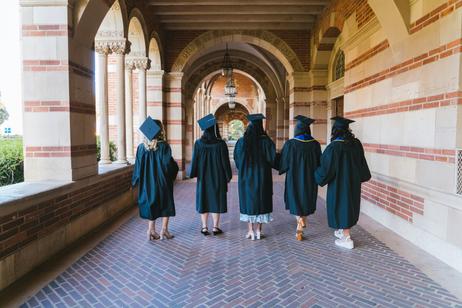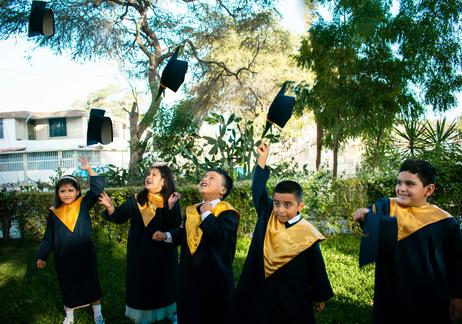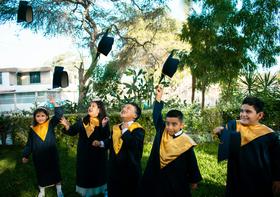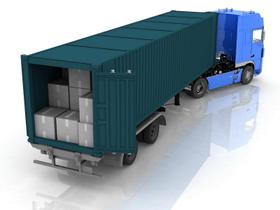What Do Private School Alumni Say 10 Years Later?
A decade after crossing the stage at graduation, many alumni pause and ask: Was it worth it? What impact did private schooling have on my life, my earnings, my identity? In 2025, parents, students, and educators still grapple with that question. This article examines recurring themes in alumni reflections, explores empirical research, and highlights what alumni wish they had known earlier.
The Persistent Perceived Value: Advantage, Confidence, and Networks
Among the most consistent observations from alumni is that a private school education tends to open doors—especially early in one’s career. Alumni frequently cite:
Opportunities: Access to rigorous coursework, extracurriculars, internships, and study abroad were formative.
Confidence and expectation: Being in a performance-driven environment fosters ambition.
Networks: Lifelong relationships with peers, alumni, and faculty often confer social capital later.
These subjective reflections align with broader data. A Gallup–NAIS study reports that graduates of independent schools progress more steadily through college and leverage key undergraduate experiences more often than peers from other schools (NAIS–Gallup Report).
In the UK, recent data also suggests that many of the most powerful positions—such as senior media, judiciary, and political roles—continue to be held disproportionately by those with private school backgrounds (The Guardian).
Earnings, Careers & Life Paths: What Played Out?
Earnings and career mobility














-4c3194pi4wis8gsg004w0g44w-280.jpg)












